Blogs Post on AI Tools: The Multimedia Revolution in Content Creation
In the ever-evolving landscape of the digital world, content reigns supreme. For bloggers, the challenge lies not only in producing valuable information but also in presenting it in a way that captures and retains the attention of a discerning audience. In this pursuit, artificial intelligence (AI) has emerged as a powerful ally, revolutionizing the very fabric of content creation. No longer confined to mere text, blog posts are now dynamic multimedia experiences, seamlessly weaving together textual narratives with compelling visuals and immersive audio elements, thanks to the innovative capabilities of AI tools. This integration is not just a stylistic choice; it represents a fundamental shift in how information is disseminated and consumed online, offering bloggers unprecedented opportunities to connect with their readers on multiple sensory levels.
The traditional blog post, predominantly text-based, often struggles to compete with the visually rich and auditory stimulating content that dominates the internet. Readers, accustomed to engaging with videos, podcasts, and interactive media, may find lengthy blocks of text overwhelming. AI tools are addressing this challenge head-on by empowering bloggers to effortlessly incorporate diverse media into their posts.
In the realm of visual content, AI image generation tools are democratizing design. Bloggers, even those with limited graphic design skills, can now create stunning, custom visuals to complement their written words. These tools, trained on vast datasets of images, can generate original artwork, illustrations, and even photorealistic images based on simple text prompts. Imagine a food blogger effortlessly generating mouth-watering images of a recipe in progress, or a travel blogger creating evocative visuals of a destination they are describing. This capability not only enhances the aesthetic appeal of the blog post but also aids in conveying complex information more effectively. Charts, graphs, and infographics generated by AI can present data in an easily digestible format, while visually engaging elements can break up long paragraphs of text, improving readability and audience retention.
Beyond static visuals, AI is also facilitating the integration of dynamic visual content. AI-powered video creation tools allow bloggers to transform their written content into engaging video summaries or explainer videos. These tools can automatically generate scripts, select relevant stock footage, add background music, and even provide voiceovers, significantly reducing the time and resources required for video production. For bloggers covering complex topics, video can be an invaluable tool for clarifying concepts and demonstrating processes, catering to visual learners and expanding their reach on platforms like YouTube.
The integration of audio content represents another significant advancement driven by AI. Text-to-speech (TTS) technology, powered by sophisticated AI algorithms, can convert blog post text into natural-sounding audio. This feature offers numerous benefits, catering to users who prefer to listen to content while multitasking, individuals with visual impairments, and those who simply find auditory consumption more engaging. Imagine a busy professional listening to a blog post during their commute or someone with dyslexia accessing information more easily through audio. AI-powered TTS is making blog content more accessible and convenient, expanding its potential audience.
Furthermore, AI is enabling the creation of original audio content directly within blog posts. AI music generators can produce royalty-free background music that sets the mood and enhances the reading experience. For podcasters who also maintain blogs, AI tools can streamline the process of creating show notes, transcripts, and even short audio snippets to embed within their blog posts, creating a cohesive multimedia experience for their audience.
The benefits of integrating text, visuals, and audio through AI tools are manifold. Firstly, it significantly enhances audience engagement. Multimedia content is inherently more captivating and caters to different learning styles and preferences, leading to longer dwell times and lower bounce rates. Secondly, it improves content accessibility, making information available to a wider range of users, including those with disabilities or those who prefer different modes of consumption. Thirdly, it strengthens brand identity and storytelling. By strategically incorporating visuals and audio that align with their brand and the tone of their writing, bloggers can create a more immersive and memorable experience for their audience. Finally, it can boost search engine optimization (SEO). While text remains crucial for SEO, multimedia content can increase organic traffic by attracting users from image and video search results and by signaling to search engines that the content is comprehensive and engaging.
However, the integration of AI in content creation is not without its considerations. Bloggers need to ensure that the AI-generated content aligns with their brand voice and maintains a high level of quality and accuracy. Over-reliance on AI without human oversight could lead to generic or unoriginal content. Ethical considerations regarding the use of AI-generated media, particularly in terms of copyright and authenticity, also need to be addressed.
In conclusion, AI tools are ushering in a new era of multimedia integration in blog content. By empowering bloggers to seamlessly weave together text, visuals, and audio, AI is transforming the way information is created and consumed online. This multimedia revolution offers immense potential for enhancing audience engagement, improving accessibility, strengthening brand identity, and ultimately, creating a more dynamic and impactful online experience. As AI technology continues to evolve, we can expect even more innovative ways for bloggers to leverage its power and further blur the lines between different media formats, solidifying the blog post as a truly rich and engaging multimedia experience for the modern audience.
